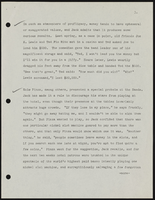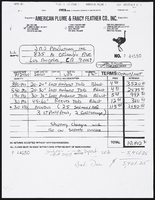Search the Special Collections and Archives Portal
Search Results
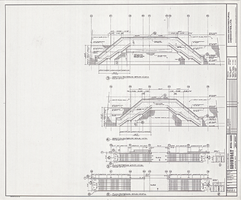
Architectural drawing of the Showboat Hotel and Casino (Atlantic City), miscellaneous stair sections, October 3, 1985
Date
1985-10-03
Archival Collection
Description
Plans for the construction of the Showboat Hotel Casino in Atlantic City from 1985. Drawn by Nick B. Tabu.
Site Name: Showboat Hotel and Casino (Atlantic City)
Address: 801 Boardwalk, Atlantic City, NJ
Image
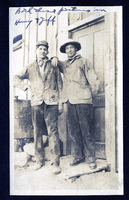
Photograph of Dalta Hurry and Raymond Jefferson, Goldfield (Nev.), early 1900s
Date
1900 to 1925
Archival Collection
Description
Caption: Both these pictures [in] Hurry & Jeff
Image
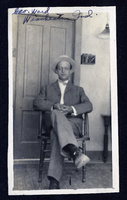
Photograph of George Ward, Goldfield (Nev.), early 1900s
Date
1900 to 1925
Archival Collection
Description
Caption: Geo Ward Winchester Ind.
Image
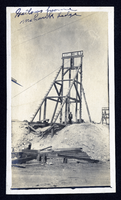
Photograph of Mohawk Ledge Mine gallows frame, Goldfield (Nev.), early 1900s
Date
1900 to 1925
Archival Collection
Description
Caption: Gallows frame Mohawk Ledge
Image
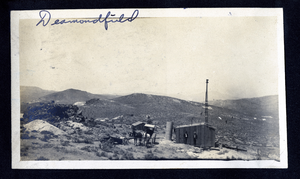
Photograph of Diamondfield Mine (Nev.), early 1900s
Date
1900 to 1925
Archival Collection
Description
Photograph of Diamondfield Mine (Nev.), early 1900s
Image
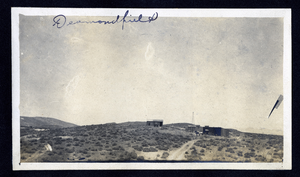
Photograph of Diamondfield Mine (Nev.), early 1900s
Date
1900 to 1925
Archival Collection
Description
Caption: Diamondfield
Image
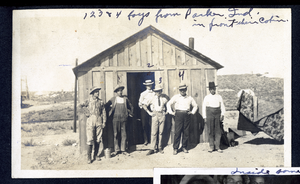
Photograph of miners from Parker, Indiana, Goldfield (Nev.), early 1900s
Date
1900 to 1925
Archival Collection
Description
Caption: 1 2 3 & 4 boys from Parker, Ind. in front of their cabin
Image

Photograph of a group of men in a miners' cabin, Goldfield (Nev.), early 1900s
Date
1900 to 1925
Archival Collection
Description
Caption: Inside same cabin
Image
Pagination
Refine my results
Content Type
Creator or Contributor
Subject
Archival Collection
Digital Project
Resource Type
Year
Material Type
Place
Language
Records Classification

